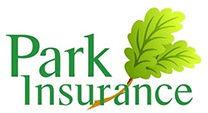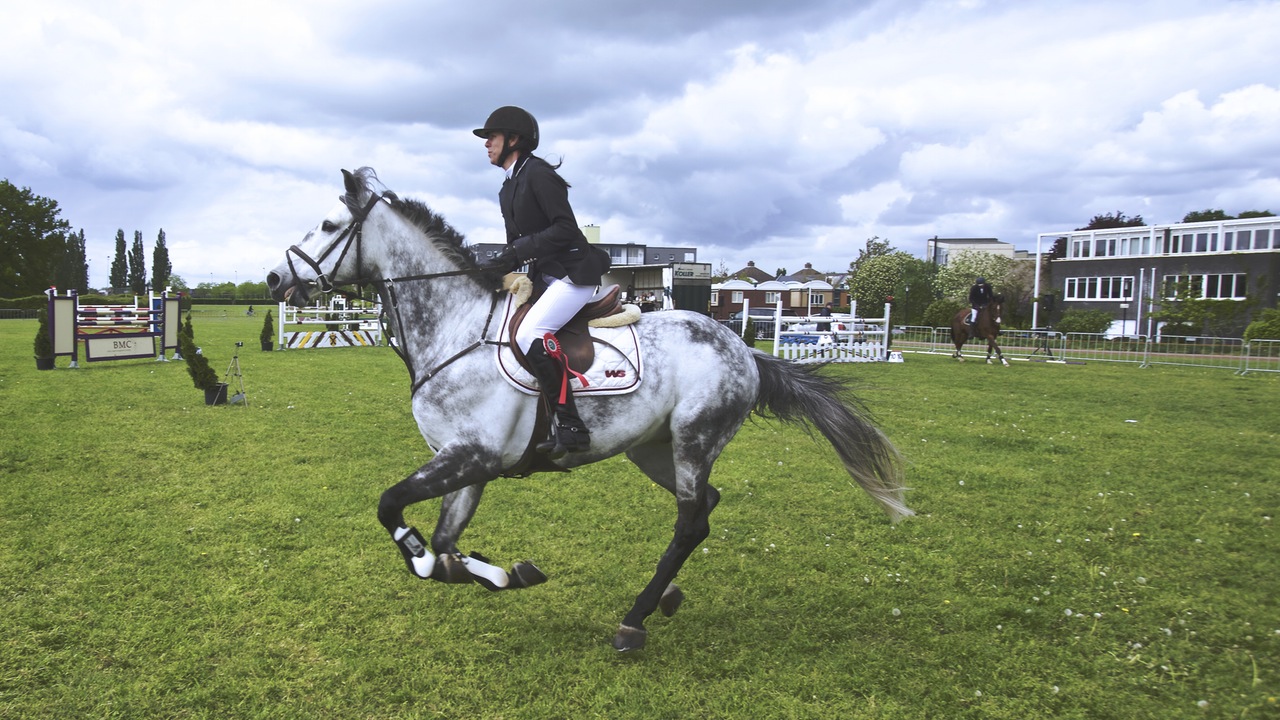A Winning Formula: The ultimate guide to equine insurance and care
A huge well done to Team GB’s equestrian team, and especially to Charlotte Dujardin and Valegro for their stunning gold medal winning performance in Rio. Valegro’s star turn in the dressage arena is proof that years of following the right feeding, exercise and care regimes can pay off big style – but you don’t have to be competing at this elite level, or follow the exact same training regime, to see the benefits of good equine care in your horse’s health and well-being.
Caring properly for your horse takes a lot of thought and can be costly. Undertaking to pay for whatever is needed is part of the commitment you make when you own a horse or pony. Vets bills for these large, complex creatures can be high, but some of the financial worries can be relieved by the right insurance for every risk. Read our guide to some of the key considerations when it comes to equine care, and how the taking out the right equine insurance can help you if things go wrong.
Valegro’s training regime
According to Horse and Hound magazine, an average week in the life of Valegro consists of schooling on Monday, Tuesday, Thursday, and Friday. On Wednesdays and Saturdays, he’ll hack out, and then has Sunday off – phew!
Valegro is also a regular visitor to Hartpury’s Equine Therapy Centre to use the hydrotherapy treadmill to improve strength and muscle tone and reduce the risk of injury. This consists of visits a couple of times a month, increasing to twice a week during the build-up to major competitions.
Food and drink
Horses require a balanced diet and need plenty of water at all times – they’ll drink around 25-55 litres of water per day!
If your horse is kept on grass, it’s important to make sure they don’t have access to too much, lush, spring grass as this can cause Laminitis. You’ll also need to carefully check fields for signs of poisonous plants.
If your horse is stabled, it’s really important to make sure that feeding is consistent as horses have sensitive digestive systems. Colic (the name for abdominal pain in horses), should be treated immediately by your vet. They will give drugs to relieve the pain and in some extreme cases, your horse may require surgery.
Quidding is another feeding problem to look out for, which could indicate a problem in your horse’s mouth. If your horse is persistently dropping half-chewed food from its mouth instead of swallowing it, ask your vet or dental technician to check for any dental problems. If left untreated, your horse could suffer weight loss, affecting their health.
Vet bills can be expensive, but insuring your horse or pony can give you peace of mind that you’ll be able to financially afford high bills for non-routine treatment if it is needed. It will enable you to pay for the latest medicines and surgeries, to help your horse or pony to recover quickly following an accident or illness.
Equine hydrotherapy
Just like with humans, equine hydrotherapy can be used to improve leg and mobility problems, speeding up recovery time and helping to avoid further complications. If your horse is referred for hydrotherapy by a vet, your horse insurance will cover the costs, including livery during treatment if needed.
Theft and identification
All horses have to have a passport, even if they will never leave their field – and need to be microchipped to get a passport. It doesn’t hurt them, and won’t show, but will help them to be reunited with you if they get lost or are stolen. Horse insurance also covers you from theft – whilst you may never be able to replace your horse, it does payout so you can buy a new one.
Travel
Maybe you travel regularly to compete or just need to get your horse to the vets – whatever reason, it can be stressful for horse and owner. Horsebox and trailer insurance is an essential, and with extra’s like specialist horse roadside recovery available, can take away some of the stress and worry of hitting the road.
Tack and equipment
Every horse or pony owner will need a basic grooming kit of brushes, combs, and hoof pick. But there are also lots of extras that you might need, and they don’t always come cheap. All but the very hardiest native ponies will need a protective rug, like a New Zealand rug or turnout rug, if they are out in the field in the winter months and there are other rugs for all occasions, from sweat rugs, to help your horse cool down safely after exercise to fly sheets. Saddles and bridles must be fitted to your horse or pony to ensure they are comfortable and can cost a lot. All these items are also relatively small and easy to steal.
Mark all valuable items with your name or postcode – saddles can have a microchip inserted with a unique number or emboss the underside. Rugs can be marked with a waterproof pen – if this is visible it will also act to deter any would-be thieves. If you’ve spent a lot of money on tack and equipment it’s worth taking out insurance to cover you if they are damaged or stolen.
Riding safety
We hope you’ll enjoy many years of safe riding, but unfortunately, accidents can happen, even on the safest of horses. Personal accident insurance is an option to cover for anyone who owns or rides a horse belonging to someone else, paying out for injuries if an accident does occur.
Fencing
You’ll need to make sure that the fencing in your horse’s field is safe and effective, and regularly check it for breaks or damage as well as make sure that gates are always closed securely. Electric fencing, post and rail, walls, and thick hedges can all provide security, but barbed wire is not recommended as it can cause injuries to your horse.
Have you ever stopped to think what would happen if your horse escapes from its field and causes an accident on the road or kicks someone? Public liability insurance (also known as third-party insurance) pays for legal fees and payouts if a claim is made against you for damage caused by your horse or pony if it does manage to escape from a well-fenced field or yard, and gives you valuable peace of mind.
Shelter
If you don’t have space or facilities to keep your horse at your home address, there are plenty of livery options available:
- Grass livery – rent a field, owner responsible for all feeding and care
- DIY stabled livery – rent a stable but owner remains responsible for all care and feeding
- Part livery – owner and yard share day-to-day duties
- Full-livery – the yard cares for various aspects of your horse’s needs like turning out and feeding and could even include exercising
- Working livery – like full livery, but the owner allows the yard to use their horse for riding lessons in exchange for a reduced rate
Check with your livery yard if your personal tack is insured on site if it is left there. If you run a livery yard, you’ll also need to consider specialist insurance that might include public liability and employer’s liability insurance if you have any staff.
Protect your equine friend
Not every horse or pony owner will need every equine insurance product – so it’s important to shop around for a tailor-made policy so you’re not paying for anything you don’t need. Park Insurance have 30 years of experience helping horse and livestock owners to get the right equine insurance for their individual needs.
We have a specialist team who understand the unique requirements of riders and can help you to find the best price premium without compromises your cover.
Get in touch now to find out more.

